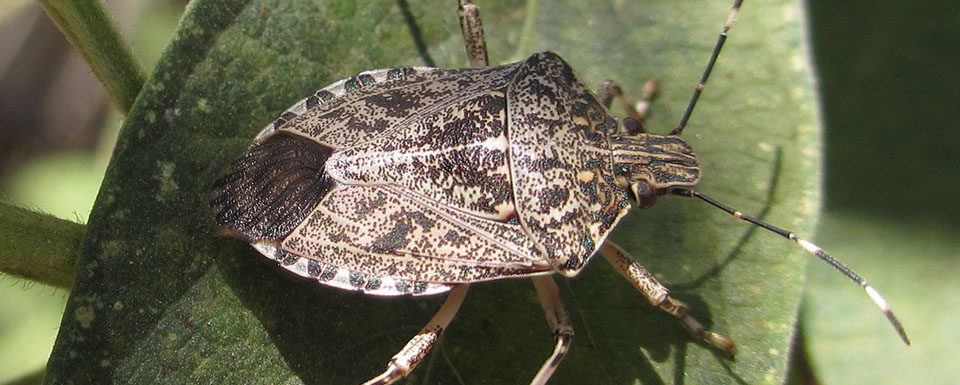DEPARTMENT OF
ENTOMOLOGY

Current Research Interests
Stink bugs, threecornered alfalfa hopper, and a complex of Lepidopteran defoliators (soybean looper, velvet bean caterpillar, corn earworm, and green cloverworm) continue to be the main pests currently impacting soybean production in Louisiana. My research focuses on establishing and maintaining a sustainable soybean IPM program to reduce soybean grower costs and improve quality and yields by utilizing biological, cultural, physical, and chemical tools to regulate pest populations while minimizing environmental risks. My research generates data on pest density, impact, biology, and control tactics that are critical to improve the overall soybean IPM program. My research provides the necessary information to predict and manipulate pest population dynamics in soybean fields.
Specifically, my current research focuses on:
1) Determining diversity, density and abundance of key soybean pests in surrounding vegetation and field crops
2) Investigating the effects of global climate change on population dynamics of key soybean pests
3) Screening soybean germplasm and current soybean varieties for host plant resistance (HPR) to soybean pests
4) Determining HPR mechanisms via EPG technique
5) Determining alternative host and elicitor impacts on soybean pest biology, population ecology, and insecticide resistance
6) Developing variety specific economic thresholds using HPR, biological control and insecticides
In addition, I will investigate insect vector-plant pathogen associations that threaten soybean, sweetpotato, potato and wheat by:
1) Determining virus vector distribution and densities in fields and surrounding landscapes
2) Determining vector efficiencies
3) Evaluating the impacts viruses have on host suitability, population dynamics, and feeding behavior of aphids
4) Evaluating the impacts host plant resistance (constitutive and induced), insecticides, and cultural control tactics have on virus transmission and host suitability, population dynamics, and feeding behavior of aphids.
